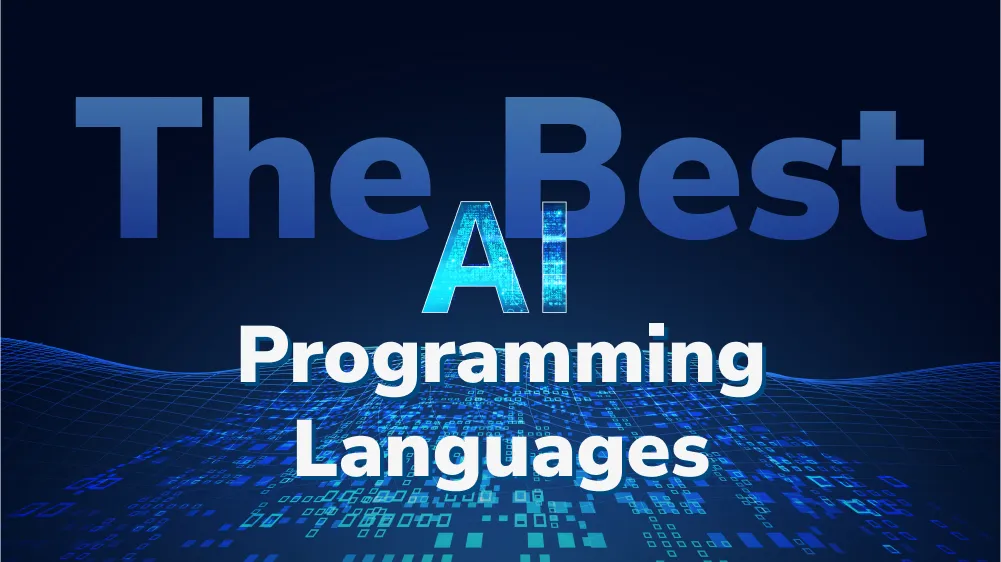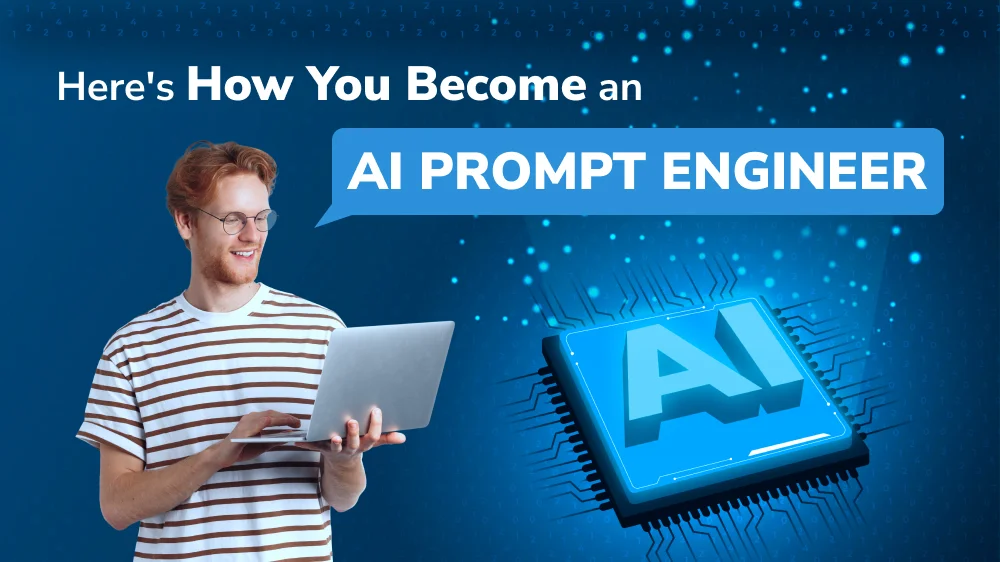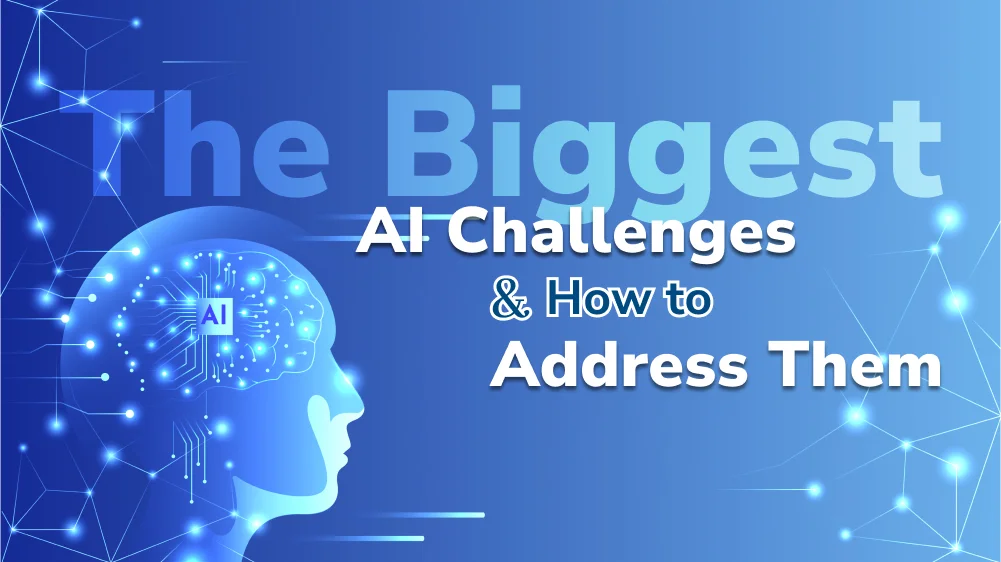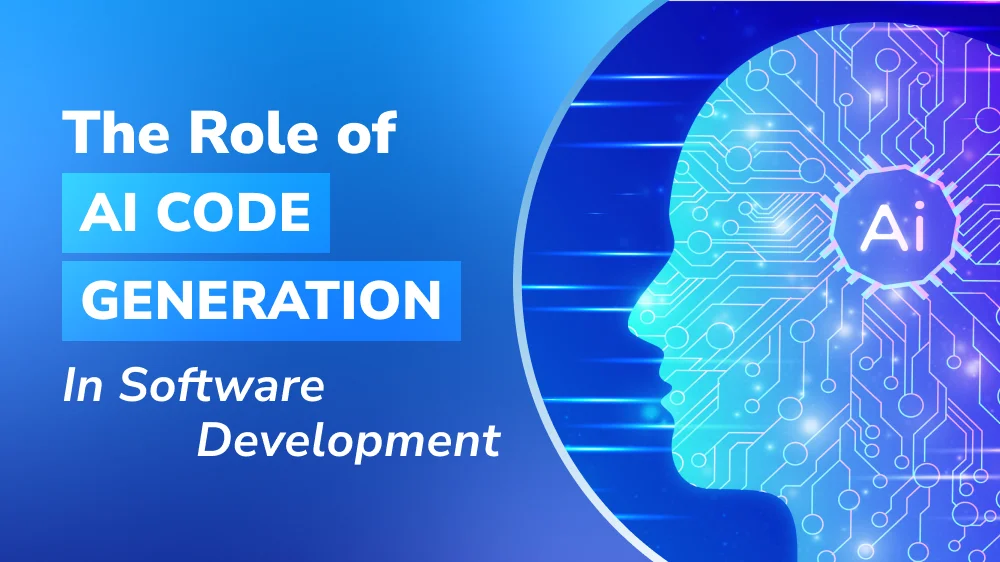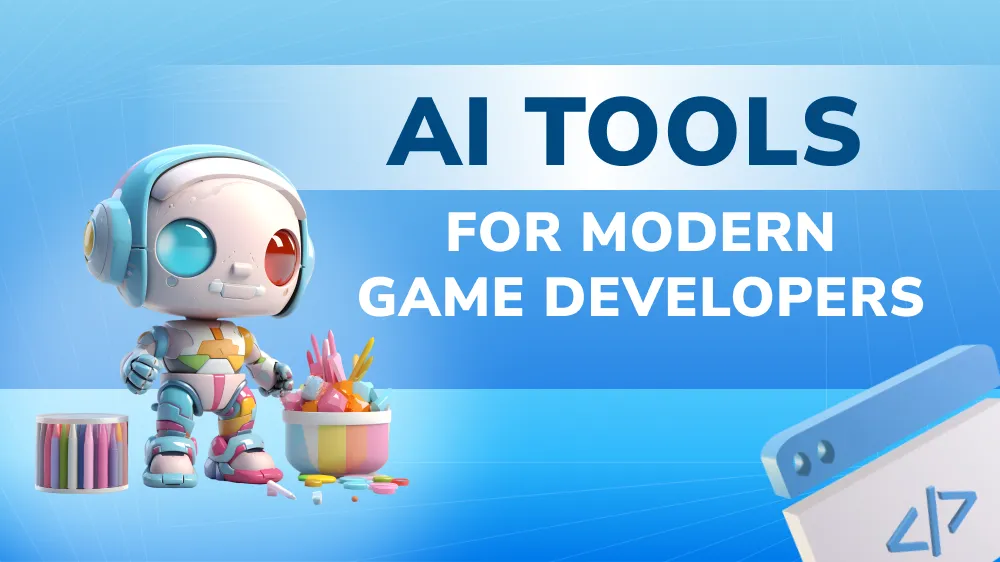
AI in Game Development: Must-Know AI Tools for Modern Game Developers
Have you ever wondered how AI in game development is transforming the gaming industry? Discover the must-know AI tools for modern game developers.

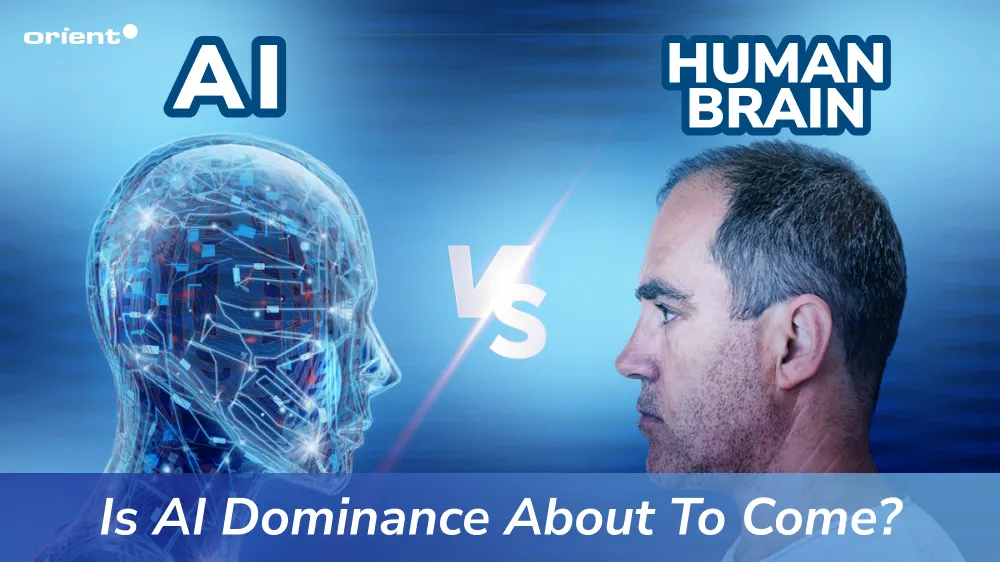
Have you watched The Terminator? The vision of an Earth invaded by powerful AI forces in science fiction films like The Terminator is one of the prime examples of how humans think artificial intelligence (AI) could go wrong.
Humans create artificial intelligence, yet ironically, they are terrified of their own invention. The remarkable development of artificial intelligence systems in recent years has raised a wave of global concern about whether AI will replace human beings in the future.
We are living in an era where AI seems to appear in every aspect of life, from automating testing processes and writing more inclusive job descriptions to analyzing customer data in sales and personalizing learning experiences. So, it can be said that the nightmares of AI overtaking humanity are not baseless.
To find the right answer, let’s start with something simple: What exactly is AI, and how does it work?
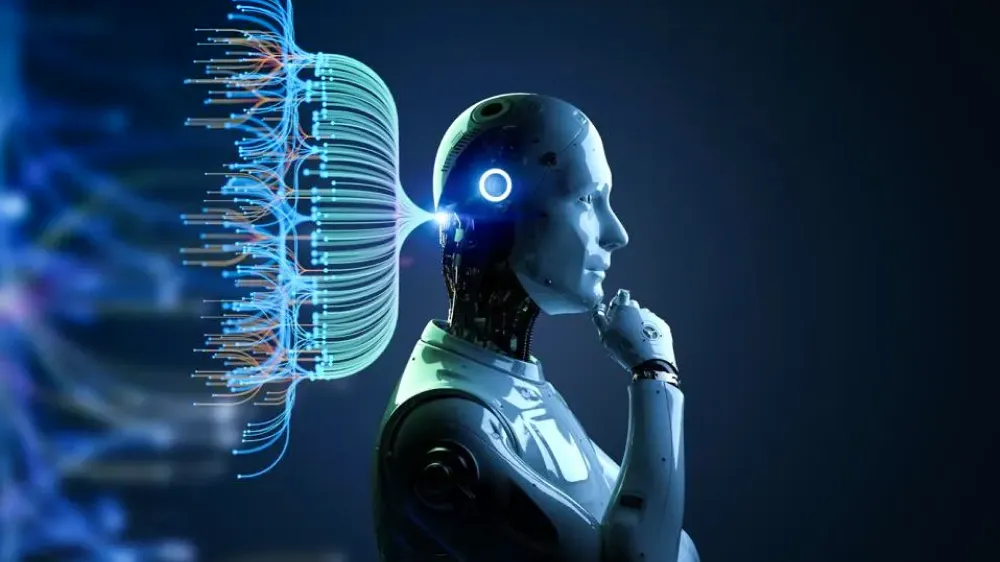
“Can machines think?”
Alan Turing (1950)
Famous for the encryption of the Nazi codes and winning the Allied Forced World War II, Alan Turing changed history yet again with this simple question, laying down the fundamental goal and vision of artificial intelligence.
AI, or what we call artificial intelligence, is a branch of computer science that, at its core, answers Turing’s question – and it seems to lean on the “Yes” side.
AI is “the study of agents that receive percepts from the environment and perform actions.” - Russel and Norvig viii.
Patrick Winston, the Ford professor of AI and computer science at MIT, defines AI as “Algorithms enabled by constraints, exposed by representations that support models targeted at loops that tie thinking, perception, and action together.”
In simple terms, AI is the engineering of making intelligent computer systems that simulate human intelligence in aspects including learning, reasoning, problem-solving, perception, language understanding, and decision-making. By “teaching machines how to think,” scientists aim for the ultimate goal of using such AI systems to handle simple to complex tasks in daily life that typically require human intervention.
As AI technologies advance and become more integrated into everyday life, it holds immense potential to revolutionize processes across industries.
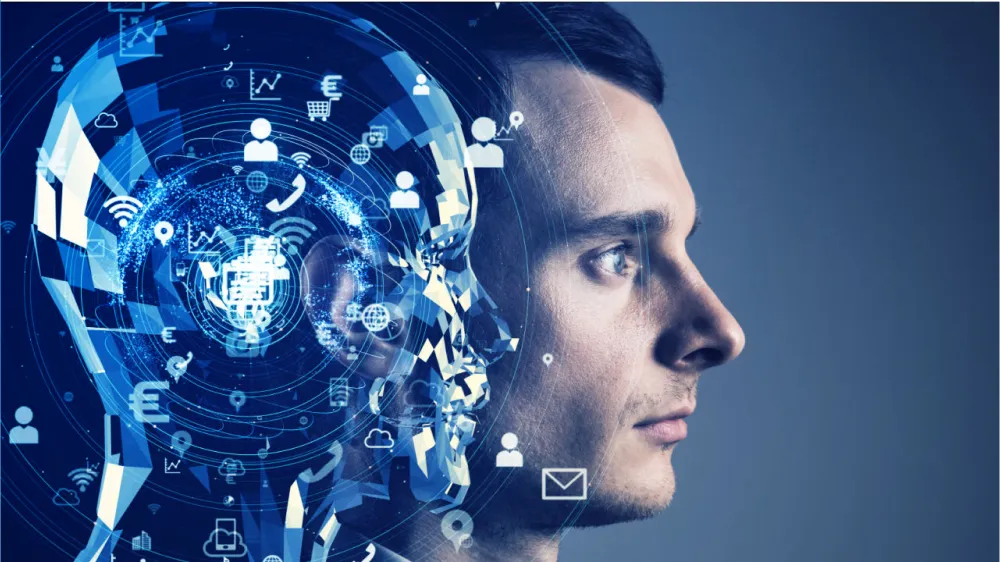
Applications of AI technology are divided into two main groups, including Narrow AI (weak AI) and Artificial General Intelligence (AGI—strong AI). Your friendly neighbor Alexa and your sweet Siri are examples of Narrow AI, while a cyborg or Terminator is an example of AGI—a machine with general intelligence that acts like a proper human being.
Narrow AI focuses on performing specific tasks or narrow solving problems within a limited domain. Although weak AI is capable of performing functions such as speech recognition, fraud detection, image classification, or recommendation systems with impressive performance, it is simply a machine programmed with principles without the capacity for independent learning.
Artificial General Intelligence (AGI), however, is the closest we will get to “cloning a human brain.” Strong AI represents the concept of AI systems that exhibit cognitive abilities and human-like intelligence across multiple domains. AGI with human cognition can use their general knowledge and intelligence to solve any problem. Instead of barely handling task-specific tasks like on Narrow AI, AGI possesses the adaptability and flexibility to acquire knowledge from diverse sources or even apply insights in novel situations. Creating machines with AGI is the Holy Grail for many AI researchers, but the journey continues as the task’s difficulty hasn’t decreased with time and technologies thus far.
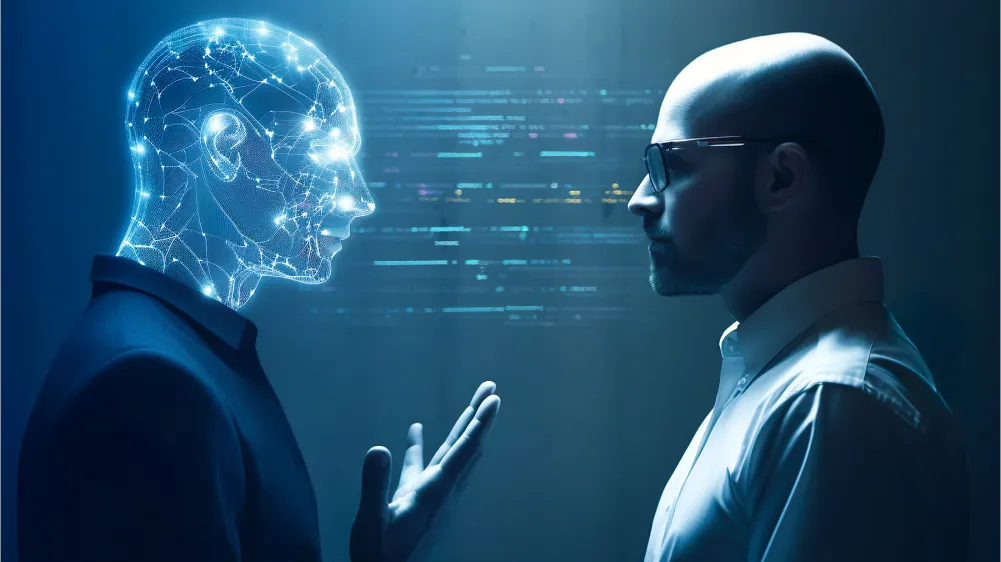
AI works by combining large amounts of data with intelligent algorithms, allowing machines/software to learn automatically from patterns or features in the data. AI is a broad field of study that includes many theories, methods and technologies.
Although it may sound unreasonable, people have a valid basis for their fear. Initially, AI was mainly used to provide basic assistance or reply to user queries based on available inputs. However, the rapid development of artificial intelligence in recent years has helped this modern technology turn to a new page. Once just a simple chatbot, AI now has a strong influence on most sectors, such as healthcare, finance, and entertainment.
In healthcare, AI is revolutionizing drug discovery, diagnostics, personalized medicine, and patient care. In finance, AI algorithms power trading, fraud detection, risk assessment, and customer service. In entertainment, AI leverages personalization, content recommendation, and creation.
This is a good sign for a civilized society on the rise, but also a concern for many people. As AI technologies advance and become more pervasive, intervening more and more deeply in human life activities, the fear of AI dominance grows as a matter of common sense.
Although Artificial General Intelligence (AGI) is still a far distance future for now, it cannot be denied that AI systems have outperformed humans in certain categories. AI has the ability to work continuously 24/7 with high accuracy for trained tasks. AI performs tasks consistently without being influenced by biases and emotions. AI has the capacity to process large amounts of data efficiently.
Job displacement, ethical considerations, and questions about accountability and control are consequences that explain why people fear the risk of being replaced by AI.
How intelligent are we, actually? The answer to this question may vary depending on many different factors, such as the perspective from which this issue is viewed or the method and criteria for evaluating human intellect. However, if considered from the perspective of the AI field, it becomes evident that humans far exceed AI as we are the individuals who directly invented this smart technology.
The superiority of the human brain has long served as a source of inspiration for the development of AI. By researching and implementing ways to replicate aspects of human cognition, researchers aim to imbue AI systems with intelligence and functionality akin to that of the human mind. Although AI algorithms have achieved certain successes in the current context, the human brain remains unparalleled in its complexity, most notably its learning ability and common sense compared to AI systems.
With an extremely complex structure that only scientists can analyze, human brains have the ability to learn and remember new knowledge by just seeing it once, while AI systems need human involvement and training hundreds of times to receive new information. Artificial neural networks have a mechanism to modify synaptic connections in order to reduce error, while the human brain stores the activity of neurons into an optimal balanced configuration before adjusting synaptic connections, which in turn speeds up learning.
Besides, AI also faces the lack of inherent common sense reasoning abilities that humans possess. People with emotional intelligence are born with the ability to analyze situations, adapt to novel situations, and apply ethical and moral judgment. This helps them easily come up with many logical solutions to situations that need to apply emotions, social norms, or past experiences.
In contrast, AI operates based on explicit rules or data-driven patterns. Without human insights, AI processes all tasks in a stereotypical manner without exception. The current AI systems typically rely on extensive training data and struggle to adapt to unfamiliar scenarios or demonstrate interpersonal skills like empathy.
To make a simple example, imagine a scenario where someone says, “It’s raining cats and dogs outside!” While a person with common sense can completely understand this idiom used to describe heavy rain, the AI model may confuse the true meaning of the sentence unless explicitly trained to recognize idioms.
Will AI replace humans? Elon Musk, CEO of Tesla and SpaceX has claimed that AI is a “fundamental risk to the existence of human civilization”, yet, ironically, he pushes for the foundation of OpenAI, a non-profit AI research company developing friendly AI that can benefit society as a whole.
Another scientist who sees AI as a potential risk is the famous Stephen Hawking, who foresees that once AI has reached a certain level of advanced intelligence; it will rapidly advance to the point that it will outstrip human capabilities, a phenomenon known as the singularity (you probably have already seen one of those movies), and pose a potential threat to humanity.
Yet, AI researchers believe that as long as they are careful about the risk, it won’t happen. Furthermore, that shouldn’t be an issue for at least a few more decades since we are not even close to the edge of developing real AGI yet.
Instead, a more credible near-future possibility should be.
Yes and no. As technologies advance rapidly, repetitive and complicated tasks are slowly being replaced by automation and AI.
However, in order to make sure that all these programs run smoothly, employees are being trained in different and newer aspects to increase productivity.
Since machines are much better than humans at doing routine, repetitive work, and we are much better at doing productive, managing tasks, why don’t we just stay doing what we are best at?
Optimism asides, millions of jobs are being replaced by AIs and this might cause some panic to the workforce. However, as with every technological shift, the demands with new jobs and skills will surface.
It is up to businesses to offer employment to those who are being displaced and provide the proper training. This leads to a future where AI and human can work alongside-by-side, complimenting each other’s flaws.
However, integrating AI into existing applications is considered a daunting task for businesses of all sizes since it requires much knowledge and technical experience. With the right method, you can maximize your business’s full potential. Otherwise, such a process can lead to significant financial and resource losses.
At Orient Software, we specialize in delivering smart AI solutions that perfectly align with your business goals. By providing dedicated teams with full-fledged development services, Orient shortens time to market while ensuring client apps’ quality, further contributing to the project outcomes as a whole. Contact Orient Software today for a free consultation and discuss how we can leverage your business vision.
Have you ever wondered how AI in game development is transforming the gaming industry? Discover the must-know AI tools for modern game developers.
Are you seeking the ideal programming language for your AI project? Explore this curated list of the top ten languages and their corresponding frameworks.
If you want to know how to become an AI prompt engineer, know that you need more than technical expertise to succeed in this emerging field.
The race to dominate AI space and be the first to develop breakthrough AI technology presents companies with many challenges, which are outlined in this.
Find out what AI code generation is, the best tools, and what to consider when choosing a software development team in a post-AI-driven world.
